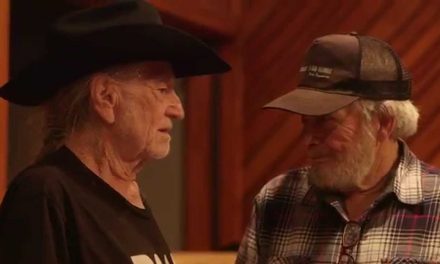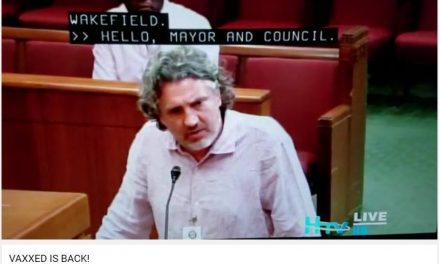During World War I and II our government rationed foods that were staples, like sugar, butter, milk, cheese, eggs, coffee, meat, and canned goods, as part of the war effort. And, because labor and transportation shortages made it hard to harvest and move fruits and vegetables to market (fewer workers, fuel, and machine parts) the government asked its citizens to plant “Victory Gardens.” (It’s crazy that now you can’t just plant a garden wherever you want on your property. Oh how times have changed.)
RELATED ARTICLES:
- Expert Gardener Shares 7 Fruits you can Grow at Home
- Miami Couple Must Destroy 17-year-old Front Yard Garden After 3-Year Legal Battle
From the article:
“Nearly 20 million Americans answered the call. They planted gardens in backyards, empty lots, and even city rooftops. Neighbors pooled their resources, planted different kinds of foods and formed cooperatives, all in the name of patriotism.
Magazines such as the Saturday Evening Post and Life printed stories about victory gardens, and women’s magazines gave instructions on how to grow and preserve garden produce. Families were encouraged to can their own vegetables to save commercial canned goods for the troops.”
And can they did; in 1943, 315,000 pressure cookers were sold compared to 66,000 in 1942.
As a result of victory gardening, the USDA estimates that more than 20 million victory gardens were planted yielding 9-10 million tons of fruits and vegetables harvested (an amount equal to all commercial production of fresh vegetables). The program made a huge difference.
RELATED ARTICLE:
However, when World War II ended the government stopped promoting victory gardens. And, since many folks decided not to plant a garden in the spring of 1946, and agriculture wasn’t yet up to full production, the country experienced some food shortages.
Today, it’s smart for families to be as self-sufficient as possible because they can choose to grow non- GM crops. Also, it’s just a good idea for kids to get involved in the process.
Source: Living History Farm












